Seeking Scenic Solutions for All People
The concept of energy access is gaining attention as more people recognize how certain communities face greater challenges related to pollution, underinvestment in clean energy, limited access to energy-efficient housing and transportation, and fewer opportunities to make informed choices about renewable energy.
These same communities often experience a lack of scenic quality and investment. Overhead utility infrastructure, billboards, and poorly planned development are frequently concentrated in areas already dealing with environmental and economic challenges.
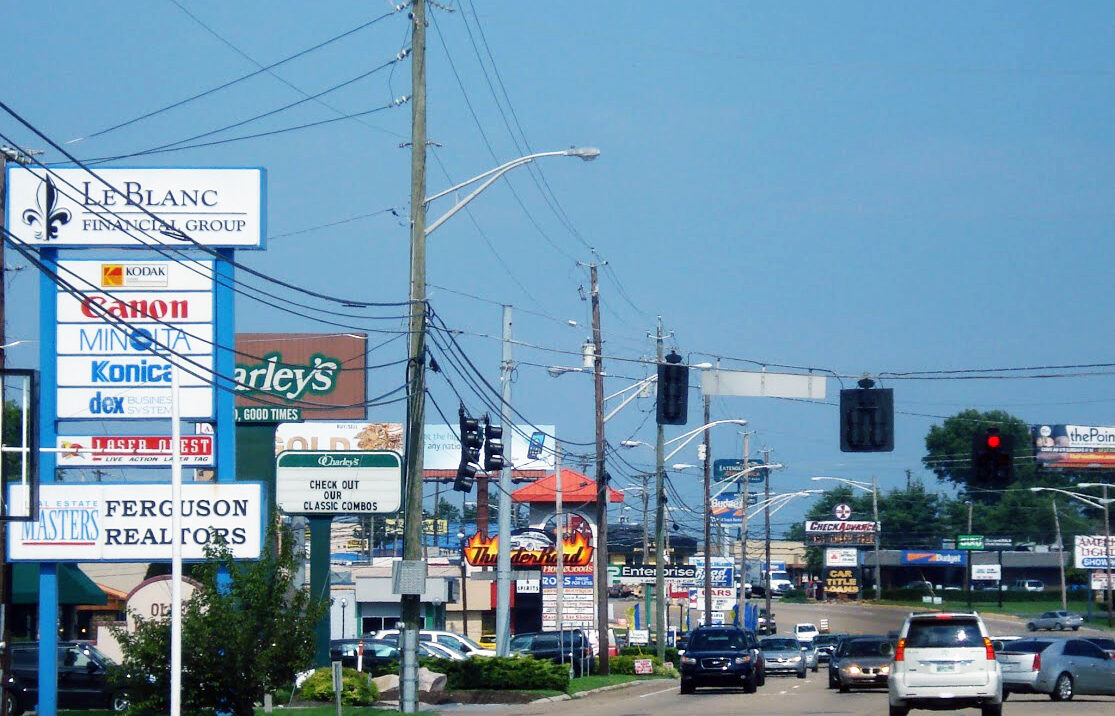
A Planning and Quality of Life Concern
Residents in many communities often have limited influence over development decisions and are affected by the interests of well-funded developers and advertising companies. As a result, the scenic character of these areas can be diminished, leading to declines in property values and overall quality of life.
Overhead wires and other forms of utility infrastructure also impact neighborhood appearance and long-term growth potential. A community’s visual environment is closely tied to economic development—areas with cluttered or poorly maintained infrastructure are less likely to attract investment. A 2018 study published in the Journal of Real Estate Research found that vacant lots adjacent to high-voltage transmission lines sold for 45% less than comparable lots elsewhere, and even lots located within 1,000 feet saw an 18% reduction in value. These effects are especially pronounced in areas already facing economic pressures.
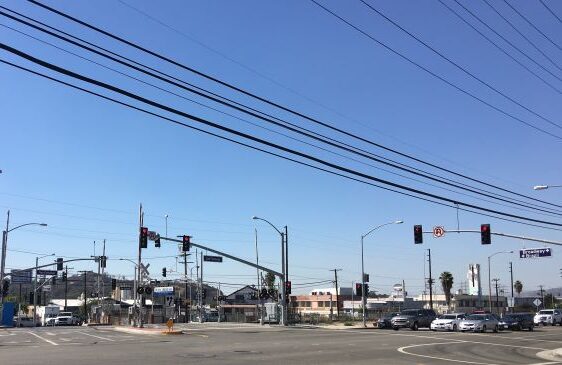
45%
Vacant lots next to transmission lines sell for 45% less.
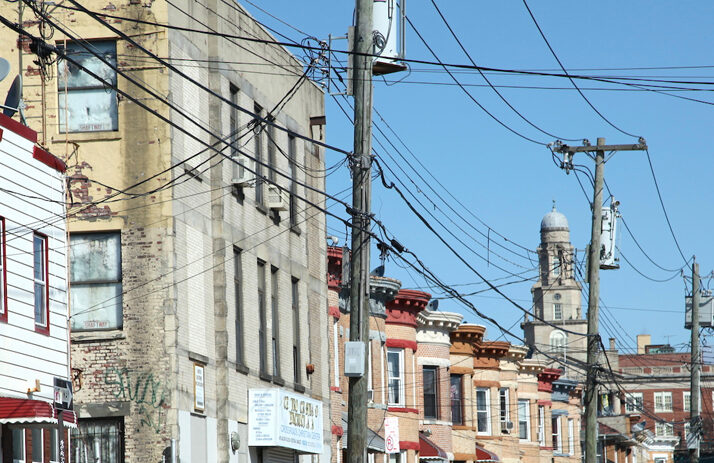
18%
Lots within 1,000 ft. of transmission lines sell for 18% less.
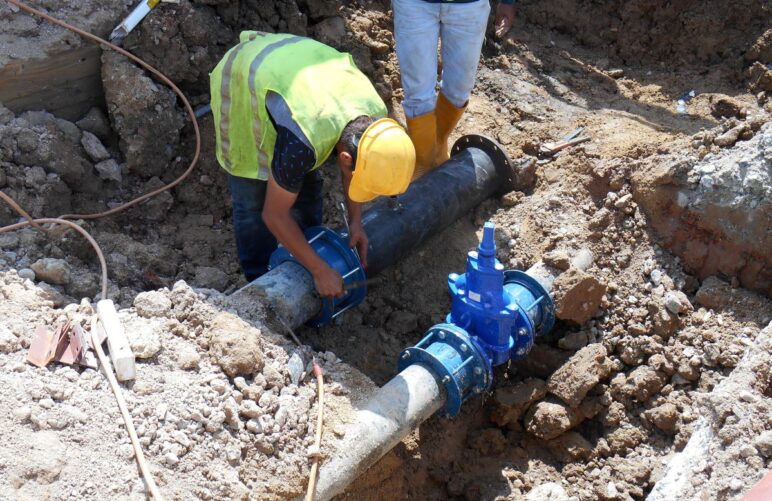
20%
Texas house prices rose up to 20% after utility wires were buried.
The Importance of Resilient and Scenic Energy Infrastructure
By expanding access and education to energy choice and promoting greater use of clean energy sources, we can also enhance the scenic qualities of our communities.
- Undergrounding utility infrastructure makes communities safer and more visually appealing while also improving the resiliency of the power grid—and with fewer service outages, economic vitality is improved.
- Utility undergrounding also improves the property values of the surrounding area, attracting more visually appealing and socially responsible development. A 2016 Texas study found that nearby house prices rose by 5-20% after wires went underground.
- Encouraging the use of renewable energy reduces air pollution, making it easier, safer, and more enjoyable for people to enjoy parks and open spaces.
- Planting more trees and preserving parks and open spaces also improves air quality, promotes health and wellness, and provides a shady respite from extreme heat.
Removing digital billboards reduces a community’s electricity usage while also addressing traffic safety concerns and inappropriate messaging that often targets the same marginalized communities.
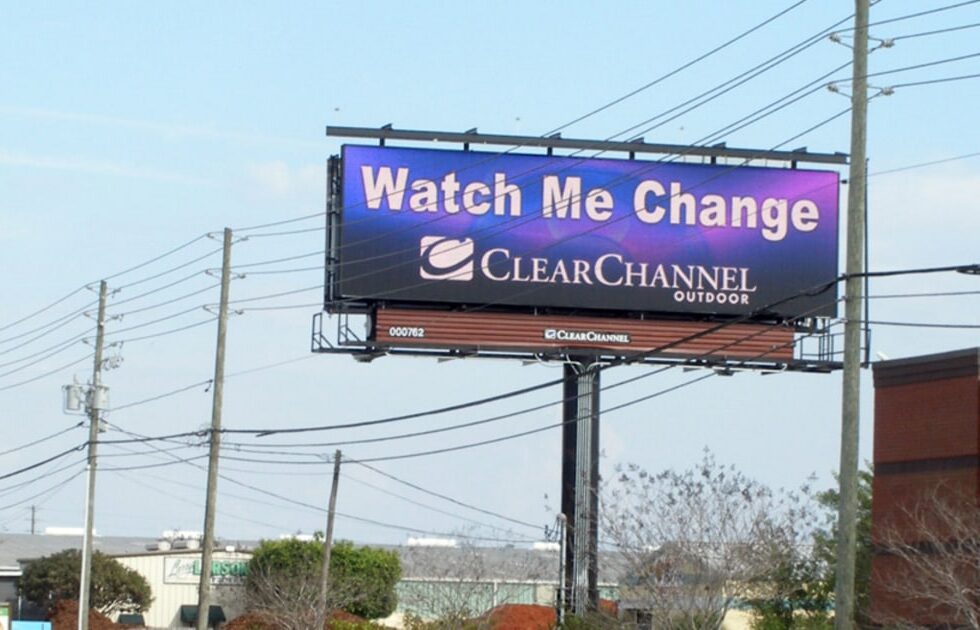
Expanding Access and Information
Just as there are challenges to expanding access to renewable energy and improving energy infrastructure, improving scenic quality in communities comes with its own set of obstacles. Local governments and community leaders may be unaware of the resources available to support utility undergrounding or to take full advantage of clean energy solutions. In some cases, misinformation about the actual costs and benefits of these projects can deter decision-makers and residents from pursuing them.
To encourage access to scenic energy solutions, to expand the use of clean and renewable energy, and to protect the scenic qualities of our communities, education and outreach are essential tools to give all people a voice to help shape the future of their communities.
On the federal level, President Biden announced last year his commitment to energy equity. Through the Justice40 Initiative, the administration aims to deliver 40 percent of the overall benefits of federal climate, clean energy, affordable and sustainable housing, clean water, and other investments to disadvantaged communities that have been historically underserved and overburdened by pollution.
To promote clean energy, President Biden issued an executive order in December 2021 calling for the federal government to support the growth of the nation’s clean energy and technology industries as it works toward creating a carbon pollution-free electricity sector by 2035.
Expanding Access to Scenic Beauty
At Scenic America, we believe that everyone should have the opportunity to live, work, and spend time in beautiful, well-designed environments. Just as access to clean energy and reliable infrastructure is important, so too is access to scenic places that uplift and inspire. Every community deserves a voice in shaping the visual character of its surroundings—because America’s natural and built beauty is a shared national treasure.
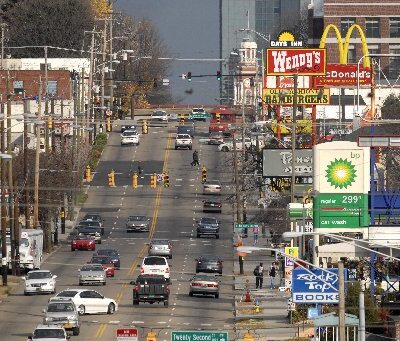
Help Us Create a More Scenic America
Sign up for our maling list for the latest scenic news.
Sign Up